Introduction
In the realm of architectural visualization, the path to successful rendering projects begins with a clear understanding of project needs and goals. This foundational step not only dictates the visual direction but also aligns the expectations of all stakeholders involved.
As the industry continues to evolve, the importance of selecting the right rendering studio cannot be overstated. With a multitude of options available, discerning the capabilities and expertise of potential partners is crucial for achieving high-quality outcomes.
Establishing effective communication channels enhances collaboration, ensuring that the vision is faithfully translated into compelling visuals. Additionally, navigating the complexities of pricing and budgeting requires a strategic approach to maximize value while accommodating the dynamic nature of architectural projects.
By meticulously evaluating client feedback and testimonials, architects can make informed decisions that foster lasting partnerships. This article delves into the essential elements of managing rendering projects, offering insights that empower professionals to elevate their architectural endeavors.
Defining Your Project Needs and Goals
To commence the successful completion of a visual task, it is essential to carefully detail the specific requirements. Begin by identifying the type of building involved—whether residential, commercial, or another category—and articulate the desired architectural style, be it modern, traditional, or any other aesthetic preference. This clarity will guide the visualization process.
Additionally, clarify the intended use of the renderings—whether for marketing, design approval, or stakeholder presentations—as each purpose necessitates a different approach to visualization. Crucial details necessary for initiating a visualization task encompass design ideas, sketches, CAD files, and any particular preferences related to materials or architectural elements. Record your objectives, including strict deadlines and any specific specifications, as this thorough preparation not only establishes a clear framework for communication with potential studios but also equips them with the necessary details to meet and exceed your expectations effectively.
Providing the right information early is crucial, as it can save both time and money in the construction process. Furthermore, an appropriate level of detail in architectural representations is essential for capturing the design essence, enhancing client understanding, and improving stakeholder communication. Various degrees of detail can greatly influence the visualization process and results, making it essential to establish the suitable level for your endeavor.
As professionals recognize, 82% acknowledge the critical role of managers in steering initiatives toward success, highlighting the need for precise and detailed input to avoid misunderstandings and ensure efficient execution.
Assessing Studio Portfolios and Expertise
When assessing possible production companies, a thorough examination of their portfolios is crucial to evaluate previous performance and skills. Concentrate on the variety of works and styles showcased, as this demonstrates the studio’s flexibility and comprehension of different architectural aesthetics. It is essential to analyze the quality of details, lighting, and textures within their wholesale 3D architectural rendering, as these elements are vital for producing realistic and engaging visualizations that connect with audiences.
For example, our latest endeavor for a luxury residential complex highlighted intricate lighting techniques that improved the overall aesthetic, leading to favorable feedback from the customers. Furthermore, evaluate if the facility has previous experience with tasks akin to your own, as this familiarity can greatly improve their capacity to meet your specific needs. Engaging directly with studios for additional examples is encouraged; reputable firms like J. Scott Smith Visual Designs will readily share evidence of their expertise and successful outcomes, including testimonials that highlight their commitment to excellence.
One client remarked, ‘The team at J. Scott Smith Visual Designs surpassed our expectations, providing stunning visuals that helped secure funding.’ The significance of wholesale 3D architectural rendering in boosting confidence and attracting investment through visuals cannot be overstated. Importantly, industry specialists highlight that a firm’s expertise in wholesale 3D architectural rendering is a crucial factor in project success, emphasizing the importance of choosing a company with a demonstrated history in your field of interest.
Considering that North America represented a market share of 32.15% and a market value of approximately USD 1 Billion in 2022, it is essential to select a creator that stands out in this competitive landscape. In fact, North America was acknowledged as the largest area in the visualization and 3D design software market in 2023, further emphasizing the significance of choosing a firm with a strong reputation. Aligning with key players in this market, such as:
- Adobe Inc.
- Autodesk Inc.
- Chaos Software Ltd.
- NVIDIA Corporation
is essential for leveraging advancements that can enhance your initiatives.
Establishing Effective Communication with Your Chosen Studio
Upon choosing a rendering company, it is imperative to establish a robust communication framework from the outset. Starting the collaboration with a comprehensive initial meeting enables an in-depth discussion of requirements and expectations. During this meeting, providing essential documentation—such as sketches, architectural plans, and mood boards—is crucial for clarity and alignment.
Regular check-in meetings should be scheduled to monitor progress and facilitate constructive feedback, ensuring that the output remains in harmony with your vision. This joint design phase is essential for creating polished architectural visuals that precisely represent your initiative. Additionally, when hiring wholesale 3D architectural rendering services, consider evaluating the studio’s portfolio, checking client testimonials, and discussing their approach to feedback and revisions.
Research indicates that effective communication not only fosters a collaborative environment but is also a significant factor in success. Organizations that prioritize transparent communication are perceived as more efficient, with a recent case study revealing that 46% of businesses rate their communication as ‘average’ or better, underscoring the need for improvement in this area. Furthermore, as the global online management software market is expected to reach $13.7 billion by 2030, the need for effective communication tools in management becomes increasingly critical.
By cultivating open dialogue and engaging actively in the design phase, architects can enhance the quality of their projects and foster a culture of trust and innovation with their collaboration partners. As highlighted by the Achievers Workforce Institute, ‘Individuals who claim their employer takes significant action based on their input are 75% more inclined to trust their company leadership,’ a principle that equally applies to the relationship between architects and design firms.
Understanding Pricing and Budgeting for Rendering Services
Engaging in a comprehensive discussion about pricing structures with your chosen studio for wholesale 3D architectural rendering is essential to establish clear expectations. Common pricing models for wholesale 3D architectural rendering include:
- Per rendering
- Hourly rates
- Project-based fees
Hourly rates for wholesale 3D architectural rendering are especially beneficial for tasks with evolving requirements, as they can adjust to the changing scope and complexity; costs are usually affected by the experience level of the artists involved.
This adaptability is crucial for accommodating unexpected changes in demands, which can significantly impact both time and resource allocation. It is essential to clarify what is included in the pricing for wholesale 3D architectural rendering—such as the number of revisions, additional views, or potential rush fees—especially since intricate designs or large-scale endeavors may require extra attention and resources. The artistic journey of expression is not just about creating visuals; it involves a deep understanding of your architectural vision, which can influence investment expectations.
Establishing a budget that accommodates flexibility for unforeseen costs is advisable when planning for wholesale 3D architectural rendering. Always request a detailed quote for wholesale 3D architectural rendering prior to commencing work; this transparency not only aids in avoiding unforeseen expenses but also ensures that you can allocate resources effectively throughout the undertaking. For instance, outsourcing wholesale 3D architectural rendering to professional studios provides access to expert teams capable of handling complex projects, thereby enhancing overall project efficiency.
With interior visualization pricing starting at $249 per space, understanding these dynamics empowers architects to make informed decisions while maximizing the value of their investment. As Lukas highlights, ‘With a meticulous approach, I manage the whole workflow and process, ensuring top-quality products and services for customers,’ emphasizing the significance of precision and detail in the execution process to capture the essence of your architectural vision.
Evaluating Client Feedback and Testimonials
Conducting thorough research on customer feedback and testimonials is essential when choosing rendering companies. Start by checking reviews on the studio’s website, social media channels, and trustworthy third-party platforms, as these sources frequently offer a wealth of information about customer experiences. Pay particular attention to comments that highlight key aspects such as communication effectiveness, adherence to timelines, and the quality of the final deliverable.
At J. Scott Smith Visual Designs, testimonials from customers reflect our commitment to professionalism and exceptional customer care, showcasing how we maintain consistent quality and responsiveness throughout our projects. For instance, one customer remarked, ‘J. Scott Smith Visual Designs not only met our expectations but exceeded them with their attention to detail and responsiveness.’
Engaging with former customers can yield invaluable firsthand insights into their experiences, further enhancing your decision-making process. Given that around 42% of architects expect their designs will meet green standards within the next three years, it is wise to choose firms that show a dedication to sustainable practices along with positive reviews. A studio boasting a consistent track record of positive reviews is more likely to be a reliable partner for your wholesale 3d architectural rendering needs.
Our customer-focused strategy highlights teamwork and the incorporation of input, especially during renovation endeavors, guaranteeing that every aspect of the customer’s vision is carefully executed. For instance, during a recent renovation, we received feedback on the color palette, which resulted in a successful adjustment that pleased the customer. This approach is particularly relevant considering recent observations by Beaton, which note that many medium to small architectural practices struggle with systematic feedback collection due to resource constraints.
By emphasizing user feedback, you can more effectively assess production companies, ensuring they match your project’s particular needs and benchmarks. Additionally, understanding empirical data on factors influencing satisfaction among first-time private clients can provide deeper insights into the critical role of client feedback in achieving excellence in architectural services.
Finalizing Your Selection and Next Steps
Upon evaluating the various factors influencing your selection, it is imperative to communicate your decision to the chosen rendering company with clarity and precision. Confirming essential details of the endeavor—including scope, timelines, and payment terms—in writing is critical to ensuring mutual understanding and minimizing the potential for disputes down the line. Statistics show that good contract governance practices can result in cost savings of 30% to 50%, underscoring the importance of clear communication.
For optimal teamwork, it is crucial to supply comprehensive information, encompassing design concepts, sketches, CAD files, and specific preferences, enabling the team to carry out the task efficiently. Scheduling a comprehensive kickoff meeting serves as a pivotal step in discussing the intricacies and addressing any lingering questions from both sides. To facilitate a seamless initiation, prepare all necessary materials and documentation in advance, equipping the studio with the information required for efficient execution.
A practical example of this is the creation of a dispute resolution task force, which clarifies accountability and facilitates prompt issue resolution, as seen in case studies where identifying issues through KPIs and communication has led to efficient dispute resolution. Additionally, encouraging client feedback and collaboration at every stage of the process ensures alignment with your vision and can significantly influence the success of the endeavor. Utilizing mobile technology can enhance connectivity and motivation, further improving management efficiency.
By adhering to these best practices, you not only set the stage for successful collaboration but also enhance the likelihood of achieving significant outcomes, as studies indicate that effective initiations can lead to success rates exceeding 70%. It is also important to be aware of the revision policy for renderings, which accommodates feedback but may involve additional charges for changes in scope. As noted by industry expert Jeremy Shulman, ‘There is a desire from the architectural industry for increased profitability and efficient project management’; therefore, prioritizing these steps is essential for fostering an effective partnership.
Conclusion
A clear understanding of project needs and goals is the cornerstone of successful architectural rendering. By meticulously outlining specific requirements—from the type of building to the intended use of renderings—architects can ensure that their vision is effectively communicated to rendering studios. This foundational step not only streamlines the visualization process but also establishes a framework for collaboration that is essential for achieving high-quality outcomes.
Choosing the right rendering studio is equally critical. A thorough evaluation of studio portfolios, expertise, and client testimonials allows architects to make informed decisions. Engaging with studios that have a proven track record and relevant experience ensures that the final deliverables resonate with the intended audience and enhance project confidence. Establishing effective communication channels further solidifies this partnership, fostering an environment where feedback and progress updates are integral to the creative process.
Navigating the complexities of pricing and budgeting requires a strategic approach. Understanding various pricing models and establishing clear expectations from the outset can prevent unforeseen expenses and ensure that resources are allocated efficiently. Moreover, actively seeking client feedback and testimonials can provide invaluable insights into the reliability and quality of rendering studios, reinforcing the importance of collaboration throughout the project lifecycle.
Ultimately, the success of rendering projects hinges on meticulous planning, informed decision-making, and effective communication. By prioritizing these elements, architects can not only enhance their architectural endeavors but also cultivate lasting partnerships that yield exceptional visualizations. As the industry continues to evolve, embracing these best practices will empower professionals to navigate the complexities of architectural visualization with confidence and precision.

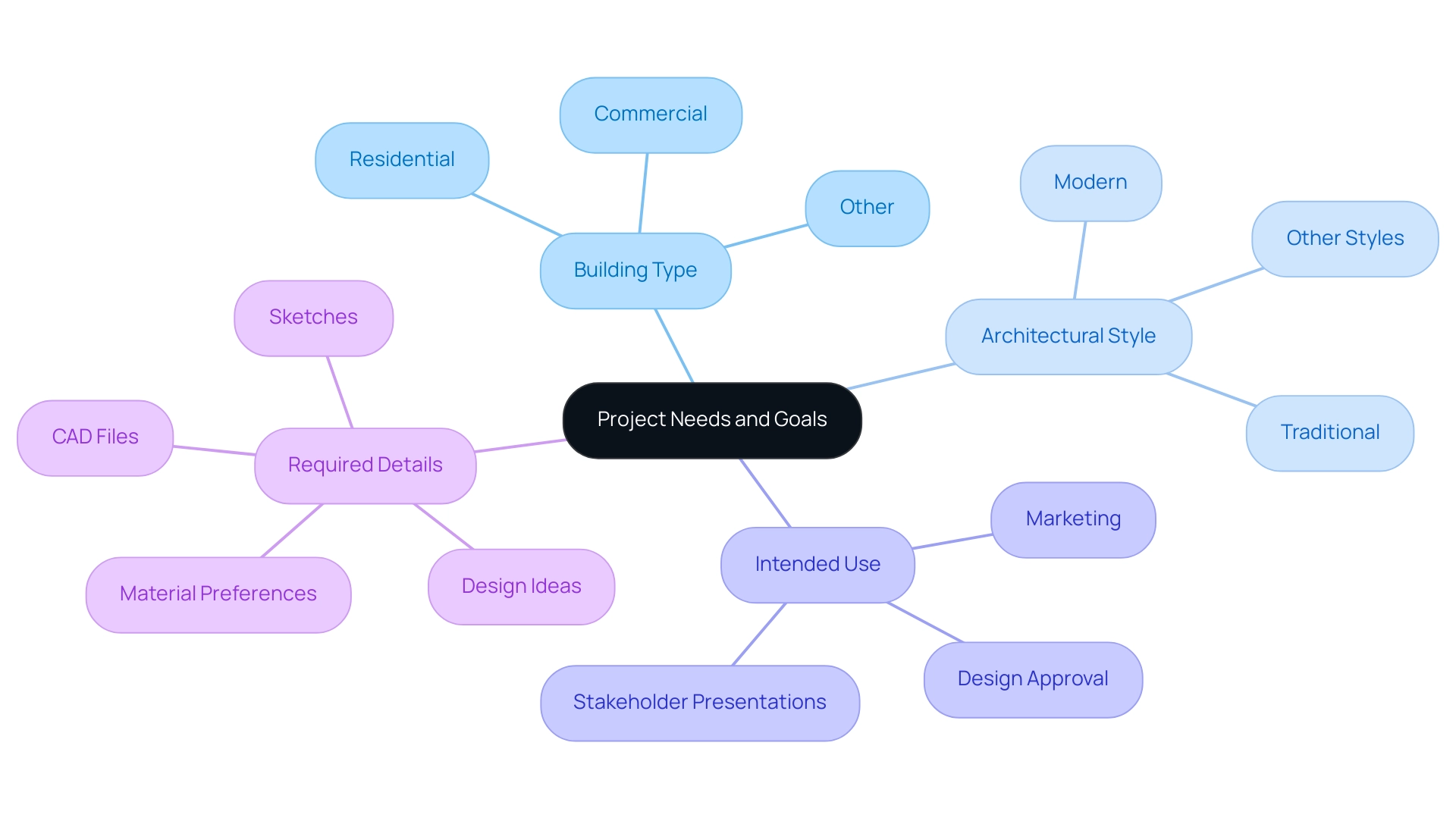
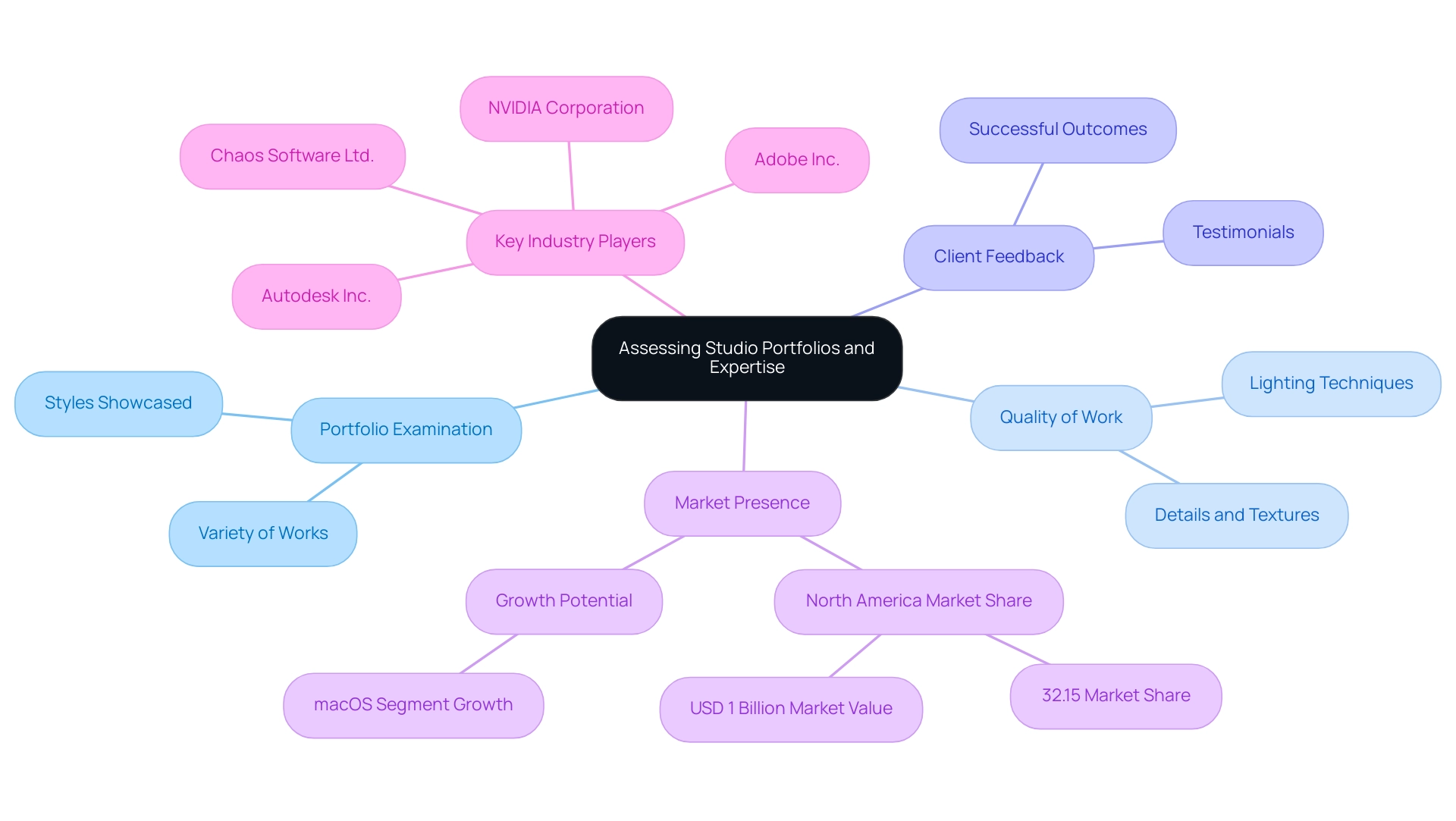
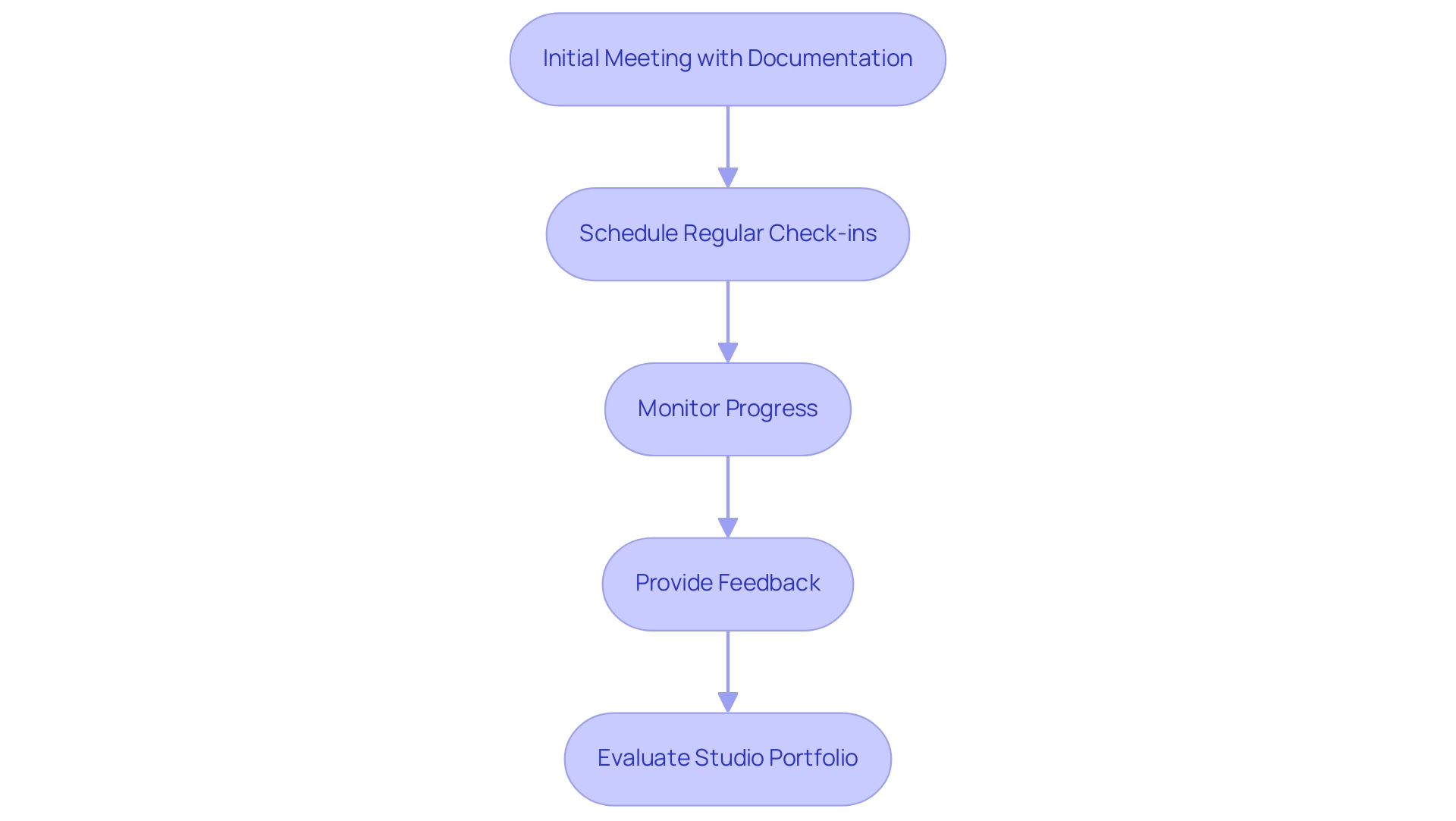
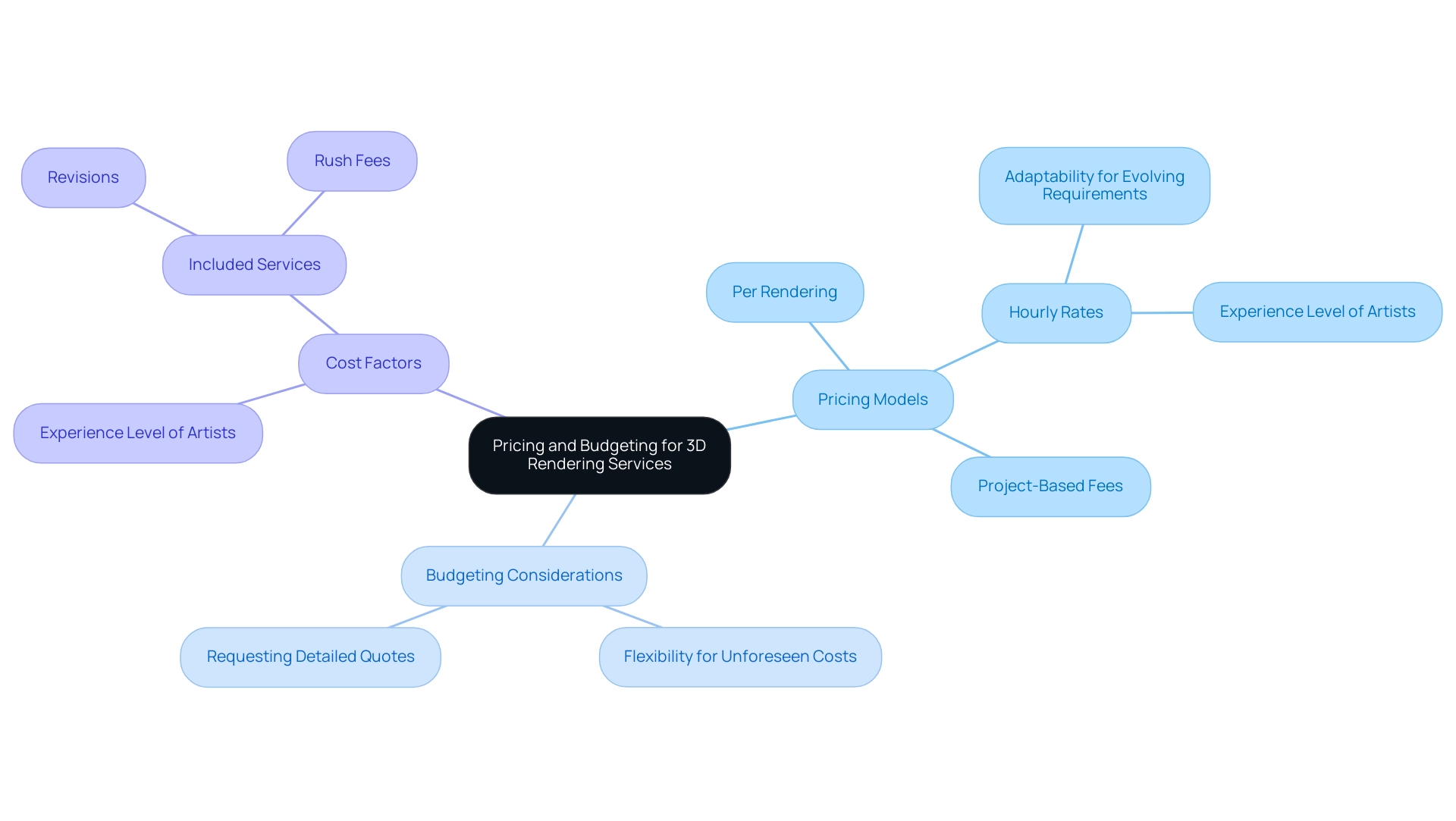
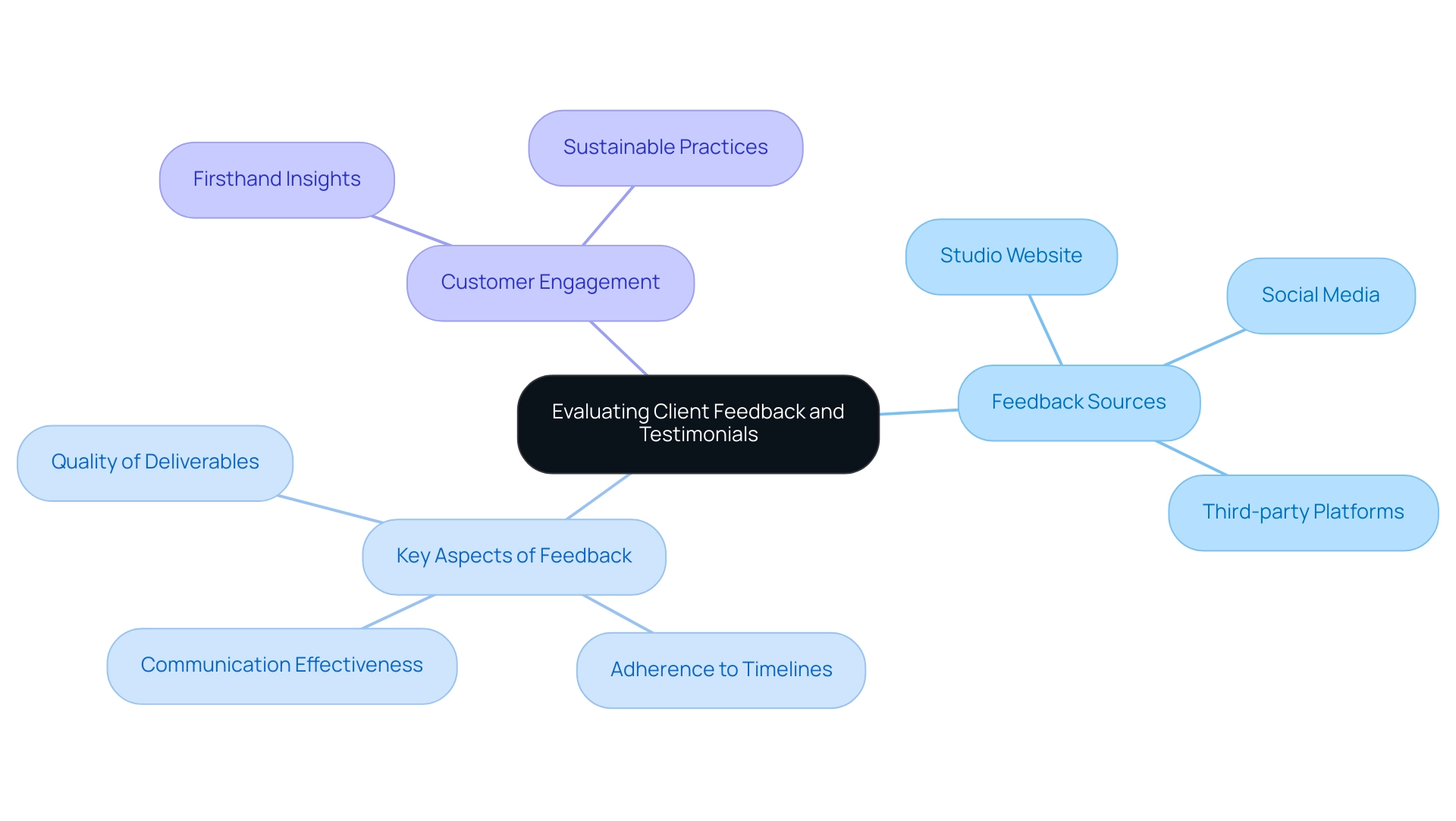

0 Comments